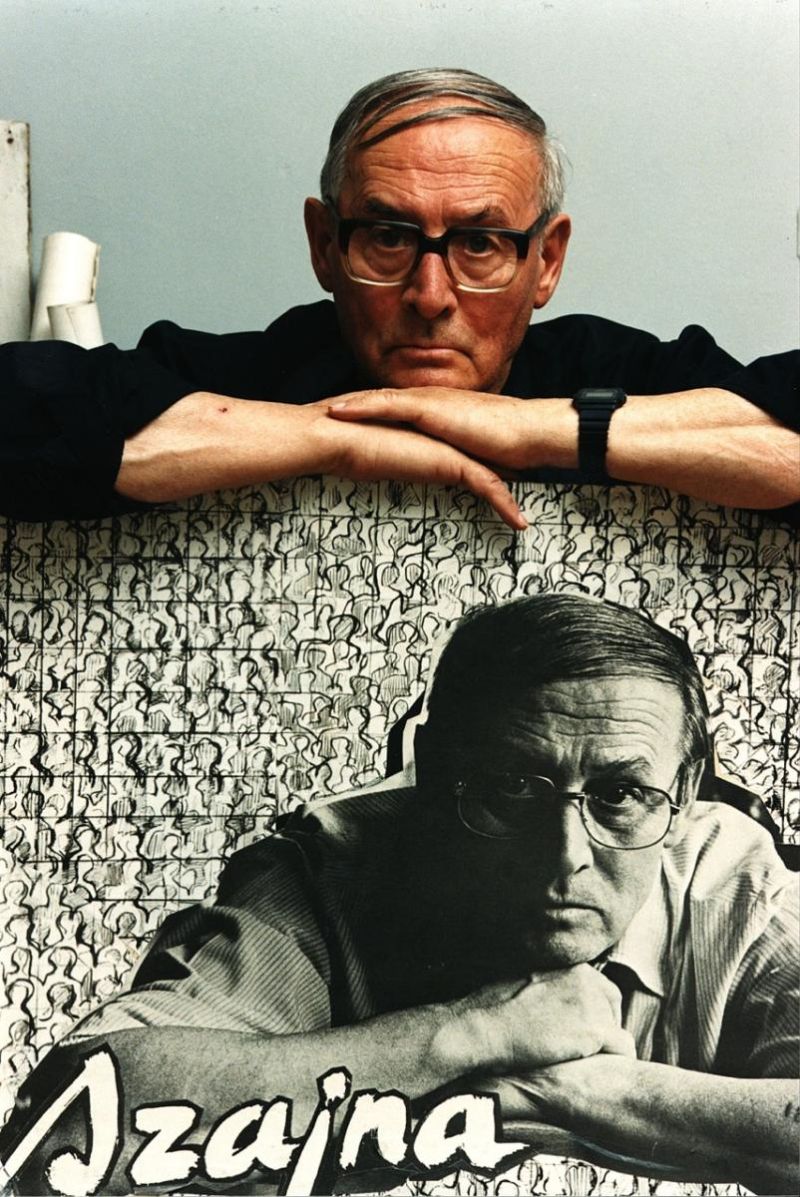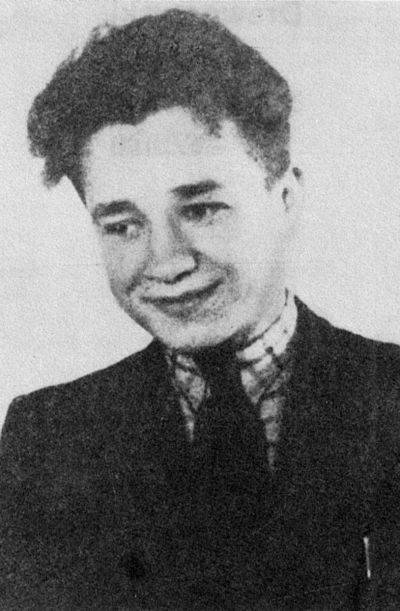Józef Szajna in Maczków
Mediathek Sorted
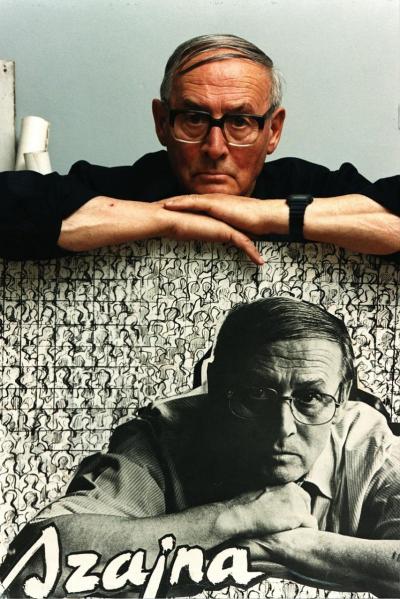
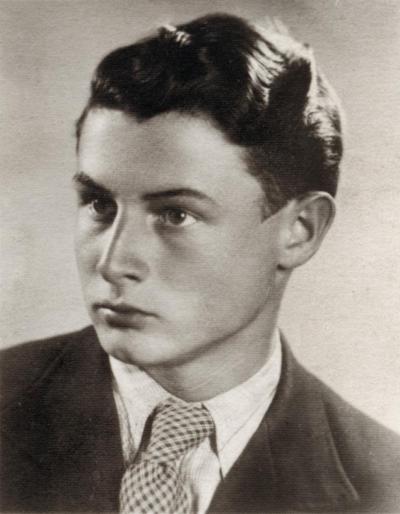
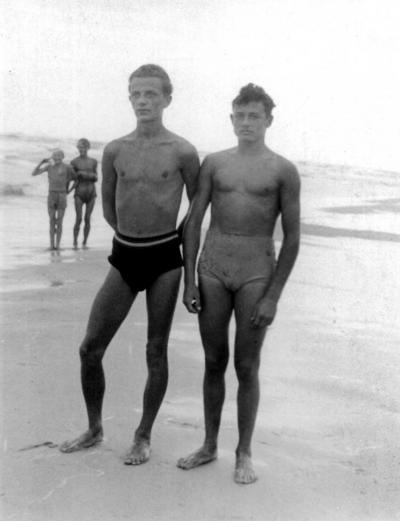
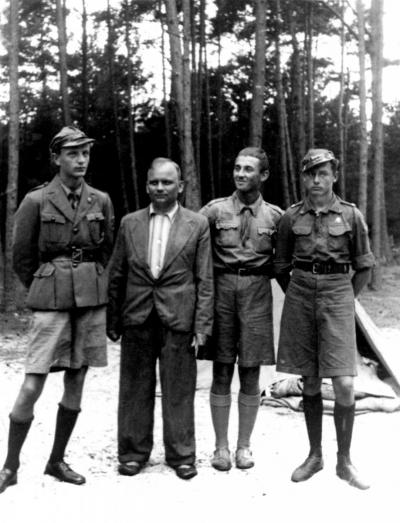
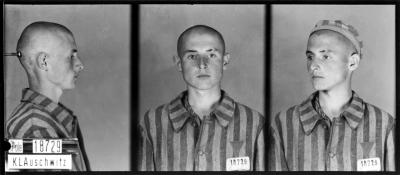
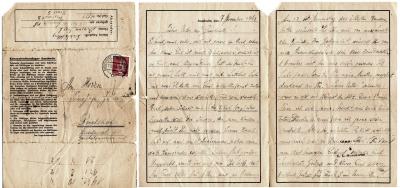
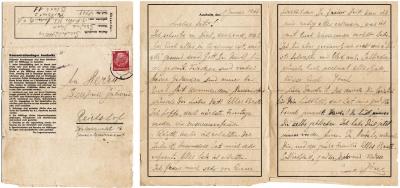
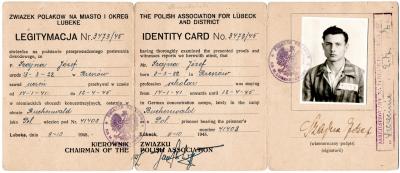
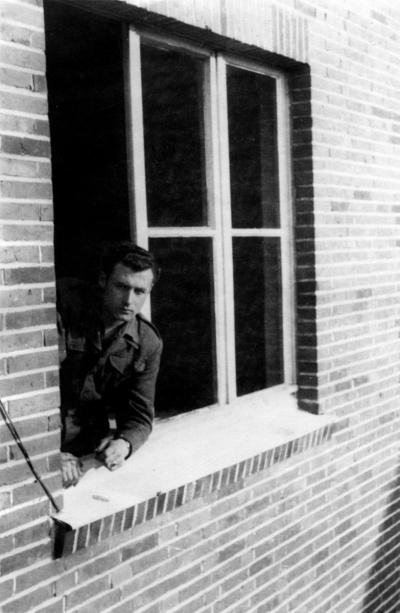
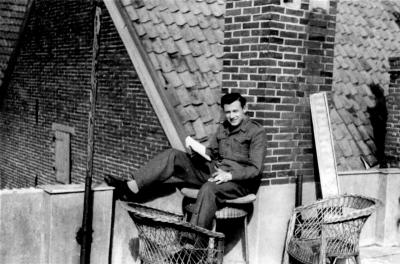
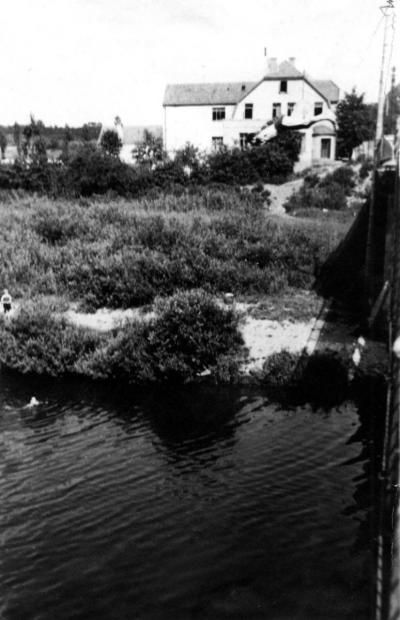
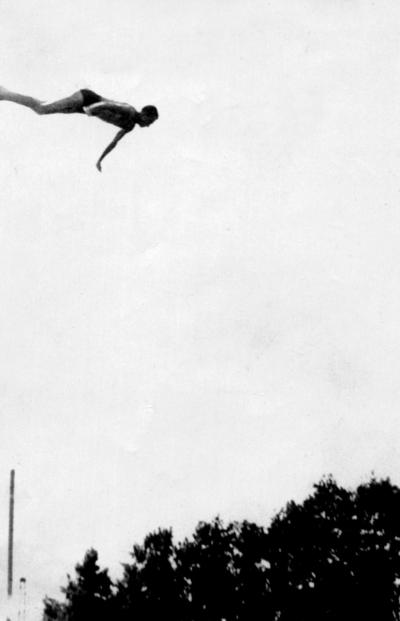
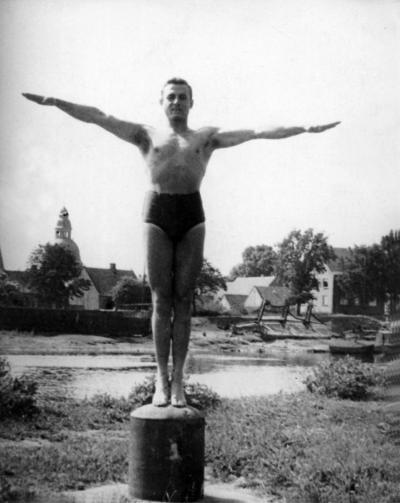
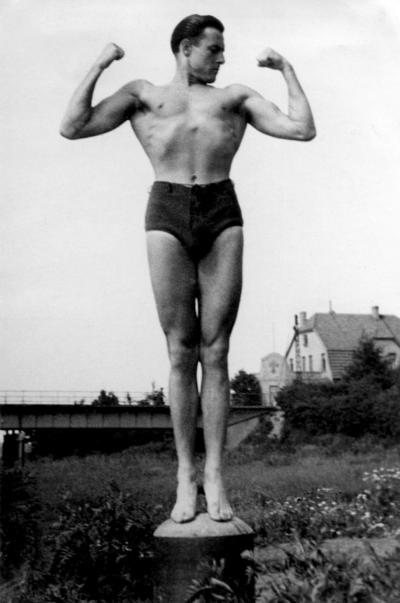
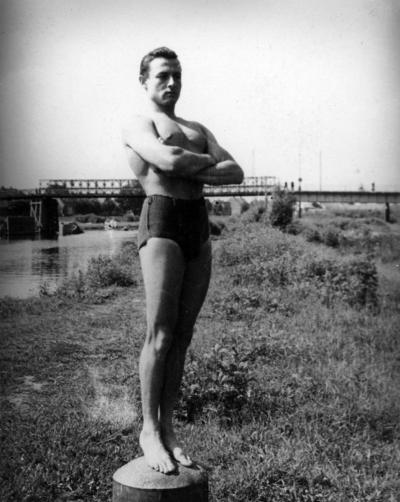
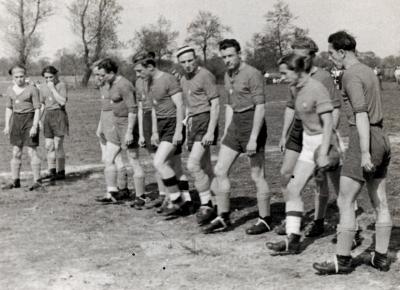
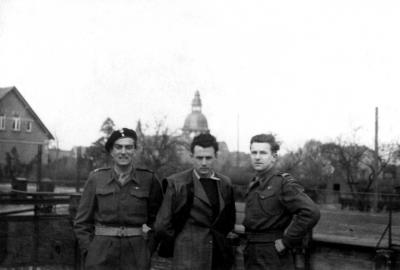
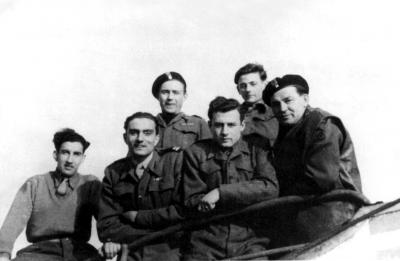

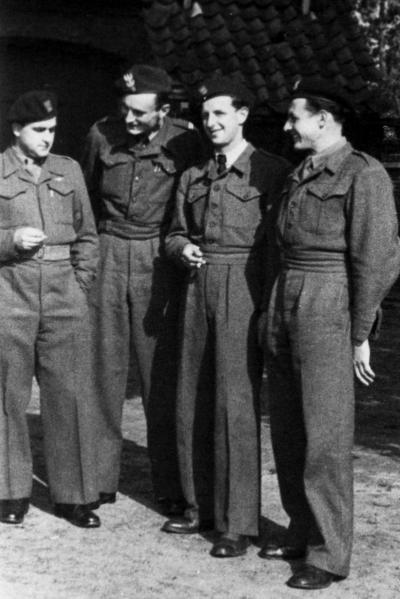
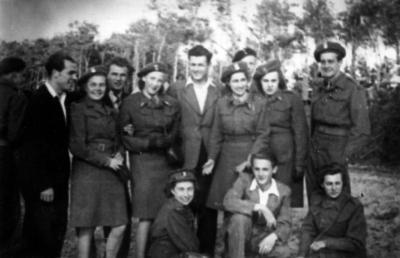
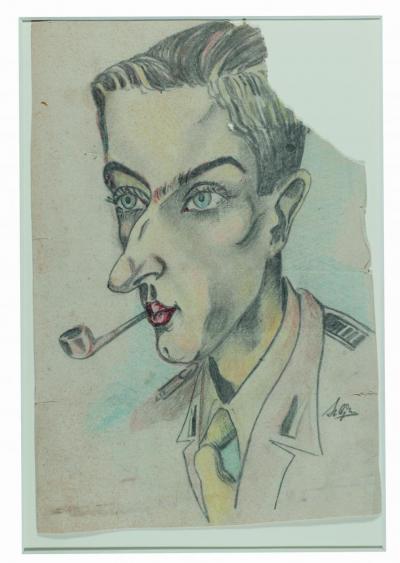
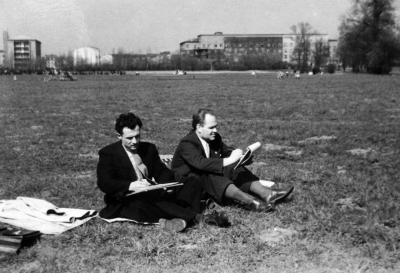
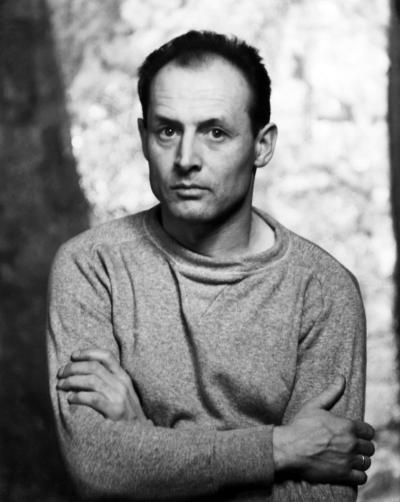
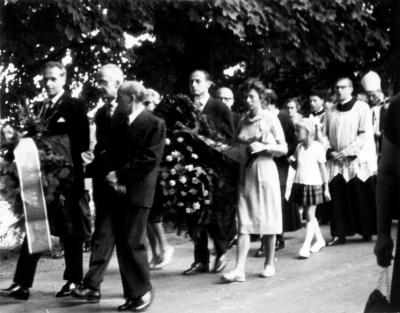
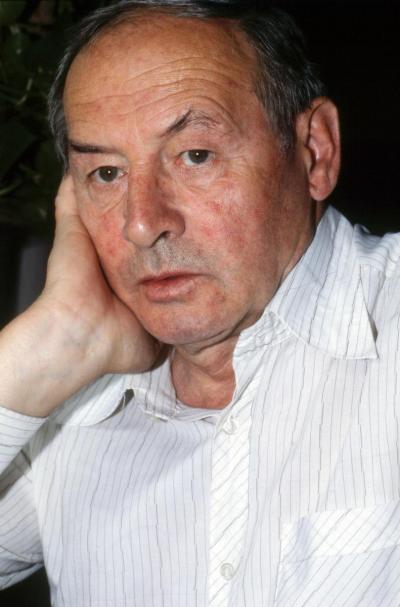
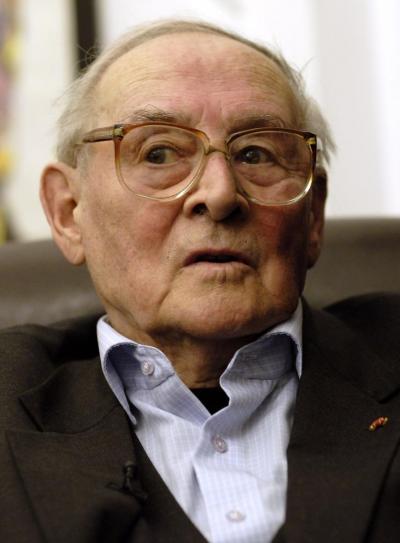
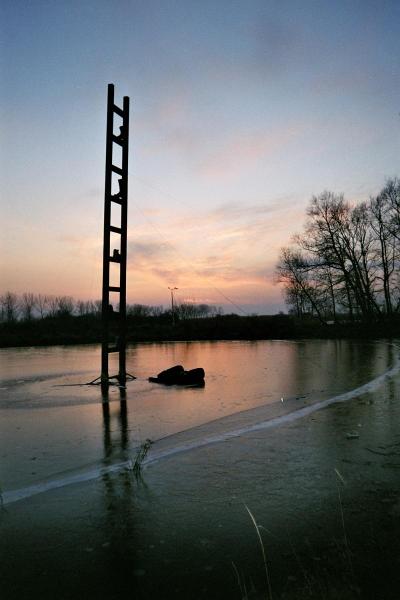

Józef Szajna - Hörspiel von "COSMO Radio po polsku" auf Deutsch






























There has seldom been such an irony of history. It was none other than Poles, led by the first tank division of the Allied combat units under General Stanisław Maczek, who liberated the camp in Oberlangen. The amazement and joy must have been extraordinarily dramatic when Polish soldiers completely unexpectedly met up with Polish girls and young women to celebrate the end of the war. Just a few months later a mass wedding featuring over eighty couples took place; and shortly afterwards a huge number of children were born. The town was given the Polish name of Maczków in honour of General Maczek, along with a completely Polish administration and infrastructure. Even the street names were changed into Polish. There were kindergartens, schools, a grammar school where Szajna completed his A-levels, two theatres, Polish libraries and periodicals. Craft workers catered for people’s everyday needs. There was a lively social life. People seemed to be happy there, and for a short time Maczków seemed to be a Polish paradise abroad. Hence it was a magnet for other Poles living in Germany.
Józef Szajna too had the feeling that he was living in a completely different atmosphere, which he later described as his reincarnation. It took no longer than one year in “Little Poland” on the Ems for him to regain his old athletic stature: and if we look at photographs from his time on the Ems he was clearly proud of this. The temporary Polish paradise in the land of the criminals was surely the place where he found his life’s mission that was based on the survival complex that he never overcame. “Now that I have survived under such unbelievable conditions”, he said later in a huge number of conversations in interviews, “I feel I have to pass on my experiences as a warning”. To do this he chose the means of pictorial art and theatre. As early as 1947 he began to study at the Academy of Art in Kraków, and quickly became one of the best-known modern artists and theatre makers in Poland. He was mentioned in the same breath as Jerzy Grotowski and Tadeusz Kantor, but never really got on personally with the latter.
By the end of the 1970s his work had attracted international renown. His paintings, plays and installations were to be seen everywhere, also in Germany. From today’s perspective it is remarkable that Szajna’s art never spoke directly about death but concentrated on “turning towards the future, to concepts linked with the paradigms of the modern that had been interrupted by the war, and which could wipe out the memories of recent dark experiences”. His work was always opposed to simplification and the schematisation of the culprits. Hence, despite the fact that he could never rid himself of his survival trauma for good, he devoted his efforts to portraying people and their living conditions in the post-war world. Józef Szajna died in Warsaw on 24th June 2008.
Jacek Barski, October 2016
For more information about Józef Szajna and his work (polisch):





















































































